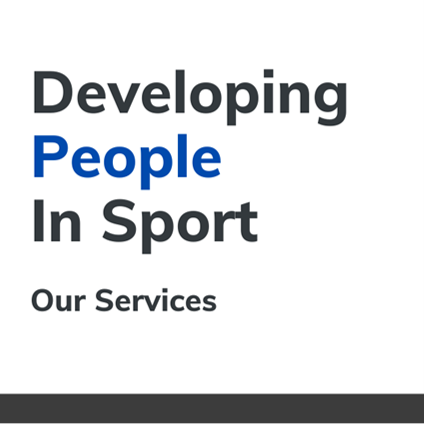Utilising apprenticeships in your people plan
People work for money but other important factors keep employees retained; appreciation, company culture and relationships with work colleagues. Professional development and training opportunities are another key one. People want to feel they are being invested in and not just being taken advantage of. As Richard Branson famously said, “Take care of your employees, and they will take care of your business.”
Most organisations recognise the importance of having a workforce development strategy or people plan and will have something in place addressing training for staff, albeit to varying degrees of effectiveness. How apprenticeships fit into that picture is also quite a mixed bag.
Apprenticeships have grown over the years in popularity as the government and employers have embraced them and with good reason. Apprenticeships can:
- Be available to new and existing employees who can start at any time
- Include potential grants and funding available for training
- Reduce training and recruitment costs to fill skills gaps
- Develop a skilled, motivated and qualified workforce
- Increase productivity and your bottom line
- Train employees in your company ethos.
Understanding how apprenticeships can be built into a people plan is often a little more challenging. The day-to-day running and operations obviously sometimes take priority and also sometimes organisations don’t understand what apprenticeships are and how they can be used. In addition, constant funding rules and policy changes mean the details can change year-to-year making it hard to keep up.
When trying to identify if apprenticeships can be included in your people plan, here are the main things to think about:
- Understand apprenticeships - if you don’t know what they are you won’t be able to work out if you can utilise them.
- Identify your skills gaps and see if an apprenticeship could address them.
- Understand your requirements as an apprenticeship employer - apprenticeships have changed and are more employer-led, which is good if you have the right intention. What you put in you get out holds true here and if you’re wanting cheap labour while offering no support then you won’t succeed.
- Decide and commit - if you understand what apprenticeships are, you understand the skills gaps in your organisation and you understand and can commit to the requirements of having an apprentice then you’re ready to go, but if any of these points are not clear then apprenticeships probably aren’t the right option.
- Implement and review - engage with a training provider and be proactive in making the apprenticeship a success. Apprenticeship experiences can differ with different training providers, learners and line managers but you can still review what is working well for you and what can be improved. Work with your training provider to evaluate and tweak the programmes to suit your needs.
This approach can be used to cover most other areas of training too. Commercial training often won’t have many requirements but you may be able to work with a training provider to access other government funding schemes to support your workforce development, for example; study programmes (including traineeships), skills boot camps, adult education budget, and T-Levels. All of these aim to address different individuals and outcomes and may offer opportunities for you to identify and develop future talent in your organisation. Coaching and mentoring is also powerful development tool that can be used and often leverages the skills and experience of internal staff.
When looking at people plans, there’s no one size fits all, but apprenticeships are growing in popularity as more organisations understand and use them.
Related Services

Find out more about Developing People in Sport!


